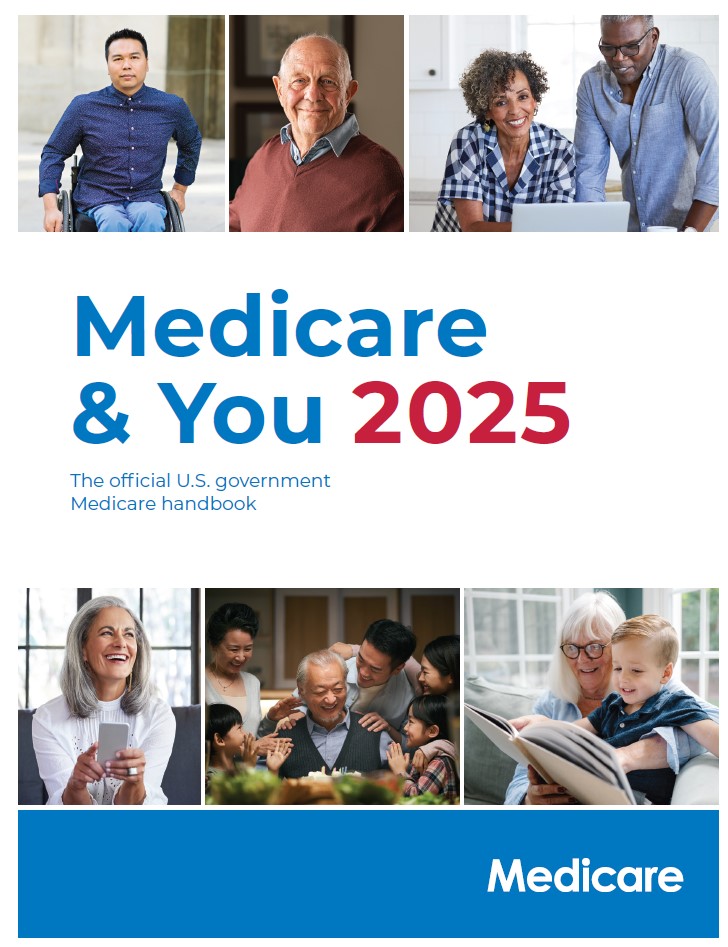What’s new for 2025
The year 2025 marks a significant milestone for Medicare, introducing the most substantial changes since the 2006 Part D rollout. These adjustments, driven by the Inflation Reduction Act, aim to reduce financial strain on beneficiaries but may lead to shifts in insurance offerings.
Key Changes
-
$2,000 Annual Cap on Part D Drug Costs
- Elimination of the “donut hole”
- New structure:
- Deductible phase: 100% payment up to $590
- Initial coverage: 25% coinsurance until $2,000 cap
- Catastrophic phase: Full coverage after $2,000 out-of-pocket spending
- Note: Cap applies only to Part D drugs
-
Medicare Advantage Plan Adjustments
- Potential changes in premiums, formularies, and benefits
- Possible tightening of formularies and approval processes
-
New Drug Cost Payment Plans
- Optional plans to spread prescription expenses throughout the year
- Maximum monthly cost around $166.67
-
Premium Changes
- Expected increase in Part B premiums
- Potential Part D premium increases with a temporary $35 hike cap
-
Standalone Part D Cost Adjustments
- Possible increases in deductibles and changes to drug tier structures
-
Mid-Year Benefit Notifications
- Updates on unused supplemental benefits for Medicare Advantage enrollees
-
Improved Access to Biosimilar Drugs
- Mid-year substitutions allowed for lower-cost biosimilar medications
-
Expanded Mental Health Coverage
- Inclusion of more providers in Medicare network
- Verification of provider availability
-
Prior Authorization Reforms
- Evaluation of impact on vulnerable populations
- Faster processing of authorization requests
Additional Updates
- Launch of GUIDE program for dementia care support
- Continued drug price negotiations for high-cost Part D medications
Preparing for Changes
- Review your Annual Notice of Changes (ANOC) letter carefully
- Compare plans during open enrollment to ensure they meet your needs
- Stay informed about changes to providers, pharmacies, formularies, and costs
These reforms aim to enhance Medicare’s affordability and accessibility, but they may also present challenges. Staying proactive during open enrollment is crucial to maximizing your benefits and avoiding unexpected issues.





